Have you ever sat in on a focus group about cars? I did once, and within a few minutes I would have given anything to make a bid for freedom and the nearest pub. It’s several hours of ill-informed people talking over each other, until the loudest, most monotonous person in the room grinds everyone else down to the point where they nod and agree with everything they say – just so they can escape, for the nearest pub.
These people don’t realise they are born with two ears and one mouth. Which means they are supremely confident they know more about anything and everything than the rest of the room. Which would be fine, if their every word and whim weren’t being scrutinised by a team of marketing people desperately hoping to come up with a new car that will be different to the others, only exactly the same because they daren’t upset their bosses and risk being banished to the stock-taking department, counting wheel nuts in and out for the rest of their careers.

This makes people who like cars jolly unhappy. It’s why we end up with the Austin Montego, Citroën C5, Jaguar X-Type, or Toyota Corolla, mediocrity in motion. And let’s not forget the Vauxhall Vectra, the car Jeremy Clarkson famously struggled to review for the BBC: “Honestly, trying to road test it is like trying to road test a microwave oven.”
Sometimes, the designers and engineers working at car companies get down about this, too. And just occasionally, one or two of them will snap that pencil or throw their laptop to ground, and say, “I can’t take it any more!” only with a lot of sweary words. And that’s when the fun stuff happens . . .
At the dawn of the 1970s, Hans Werner Aufrecht and Erhard Melcher reckoned they could have a bit of fun with a Mercedes 300SEL 6.3 and converted it into a 6.8-litre race car. Against the odds, and to a chorus of guffaws from onlookers, it won its class and took second overall at the 1971 Spa 24 hour race. Its influence led in no small way to the 1975 450SEL 6.9, a car many would argue is the original super saloon.

A handful of Mercedes engineers repeated the trick, in 1990, with the 500E. Originally, this was going to be nothing more than a mildly warmed-over 300E. Then, over a stein or three of pilsner after work, a few engineers decided that would be a rubbish approach. More firepower was needed, but how? Easy: Take the all-alloy, 32-valve M119 V8 from the R129 500SL, modify the block, crankcase, and conrods to make it stronger and more muscular, then hand the project over to cash-strapped Porsche. It worked a treat and to this day the 500E and later E500 remain one of the most discreet forms of high-speed transport.
High speeds were far from the minds of the two men who dreamed up the humble Renault 5, the surprise smash hit (more than 5.5 million were built) that seemingly emerged from thin air. Bernard Hanon, Renault’s head of planning (who would later go on to become Renault’s boss) had been thinking of a car that would appeal to a younger, cooler crowd than the ageing Renault 4. When he mentioned as much to designer Michel Boué, the latter worked on sketches in his own time, repackaging the 4 platform. The moment Hanon saw it, he knew they had a hit on their hands and made it his mission to fast-track it to production.
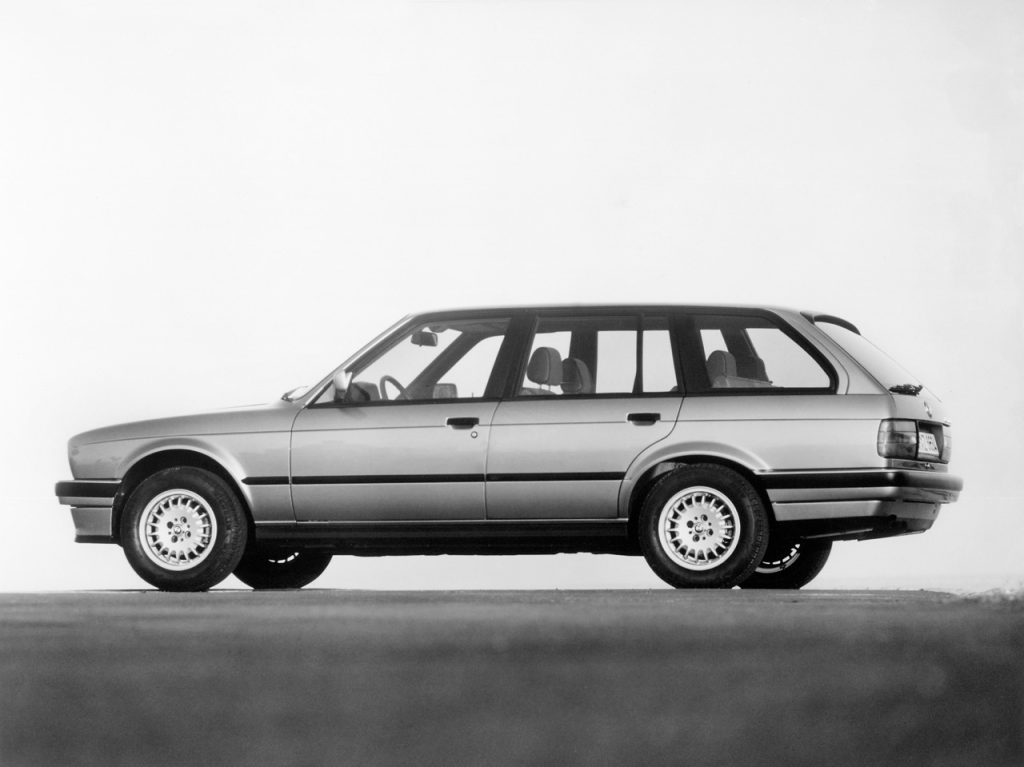
You’ll often hear car enthusiasts talking about BMW’s Z1 or Z3 Coupe as products of skunk works. But before both of these came the 3 Series estate. In the 1980s, Max Reisböck worked at BMW as a prototype engineer. He and Frau Reisböck had two kids and couldn’t for the life of them understand why BMW didn’t make an estate car that would carry the kids, dogs, bikes, and bags they so often lugged around.
So Max took matters into his own hands, applied an angle grinder to a 323i, and built the car BMW wouldn’t. Eventually, word spread so far around BMW that the board heard about his project and ended a board meeting early to size up Reisböck’s work. In the space of a few minutes, it convinced them that BMW needed such a car in its lineup, in a way no amount of costly market research had ever managed.

A personal favourite is the story of the Renault Espace, only because I learned to drive in one. As early as 1976, working for Matra, designer Fergus Pollock had sketched out the idea for the ultimate do-anything family car. The concept would go on to be refined until Renault commissioned it, and was ingenious as much for its versatile packaging and accommodation as its affordable engineering that kept the large, seven-seat car from becoming prohibitively costly to build and grotesquely heavy on the road. From those sensible beginnings would ultimately emerge the Avantime, a car so spectacularly off the wall that it looked like an exhibit from The Design Museum, not an executive express from the autoroute.

It’s tempting to mention the McLaren F1 at this point, given it was the single-mindedness of one Gordon Murray that led to its supremely successful conception and execution. But there’s another British supercar that deserves an honourable mention – the Jaguar XJ220.
It’s incredible to think that what was (briefly) the world’s fastest production car (217mph) had been born out of a group of (unpaid) people giving up their weekends to create a sports car that could take Jaguar back to its winning ways on the world’s race tracks. That group of no more than a dozen was known as “The Saturday Club” and without their tenacity the XJ220 wouldn’t exist.
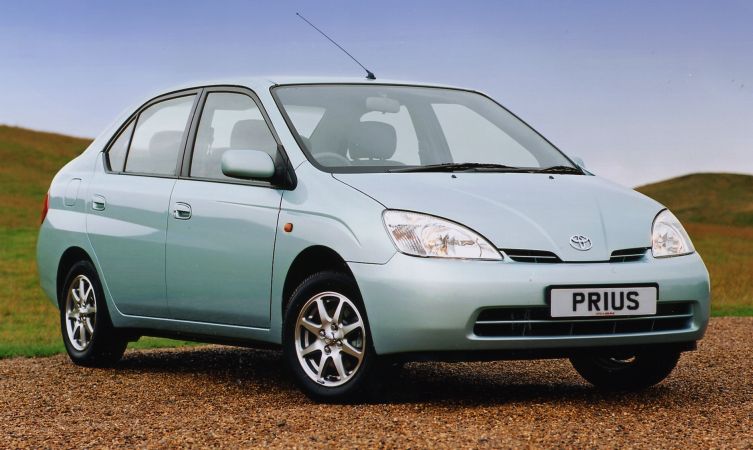
But perhaps the most successful, and unlikely, car to be born out of a skunk works is the Toyota Prius. More than 4.5 million have been made, which isn’t bad going when you think it was an idea conjured up by just 10 people working in a skunk works at Toyota.
Who would have guessed that one of the most influential and positively impactful cars of all time to emerge from a skunk works is also one of the most boring to drive. Maybe a focus group or two would help fix that.


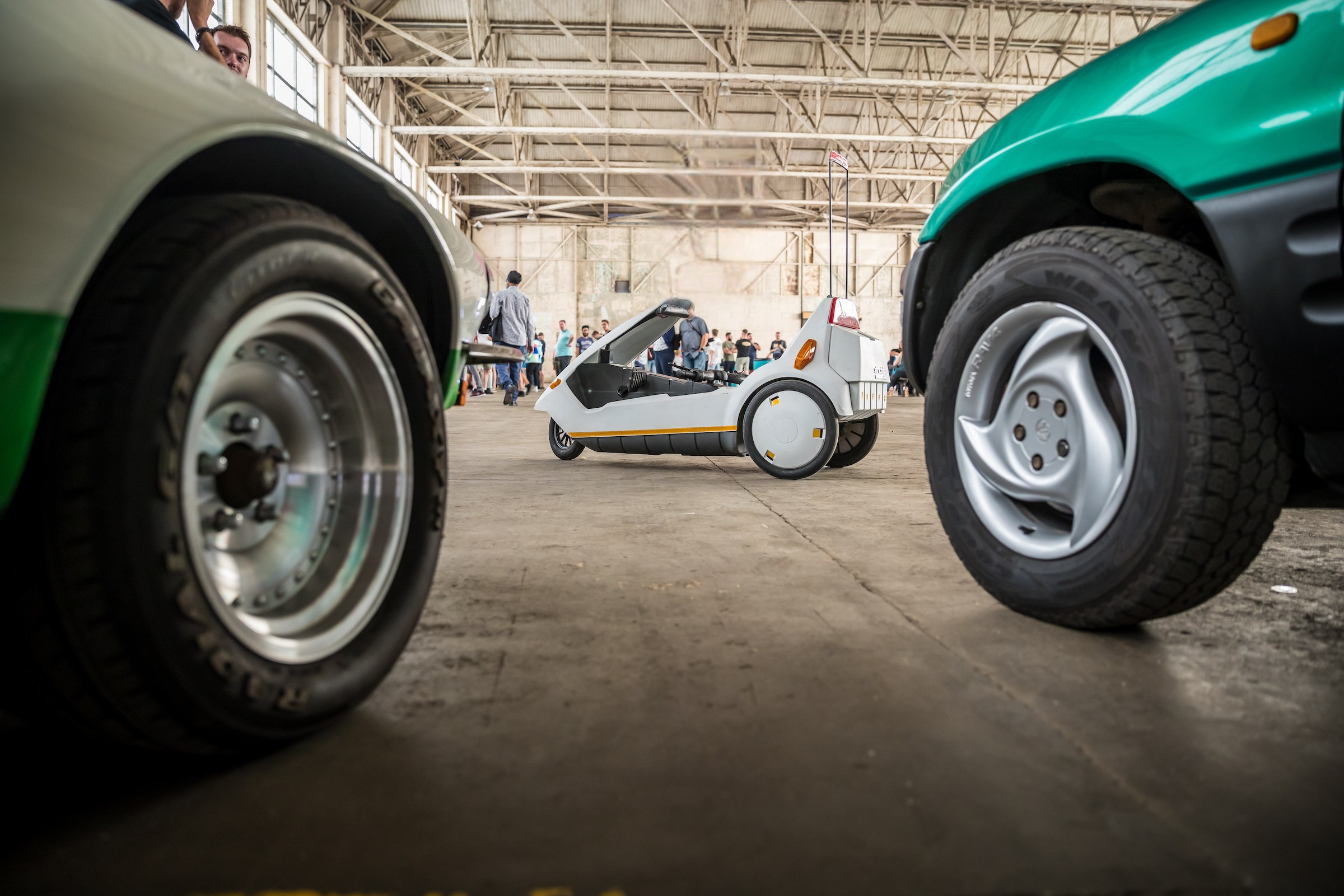
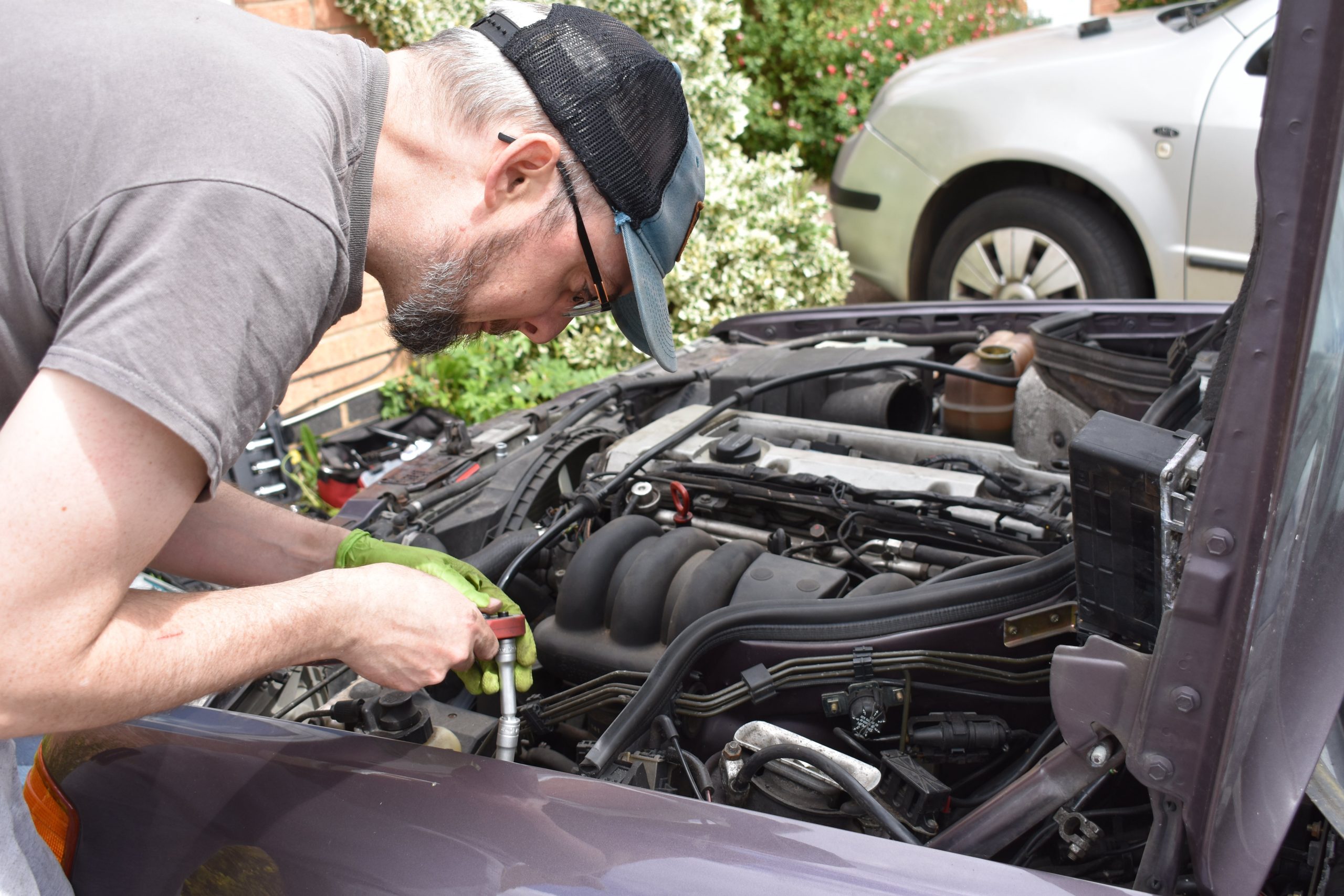

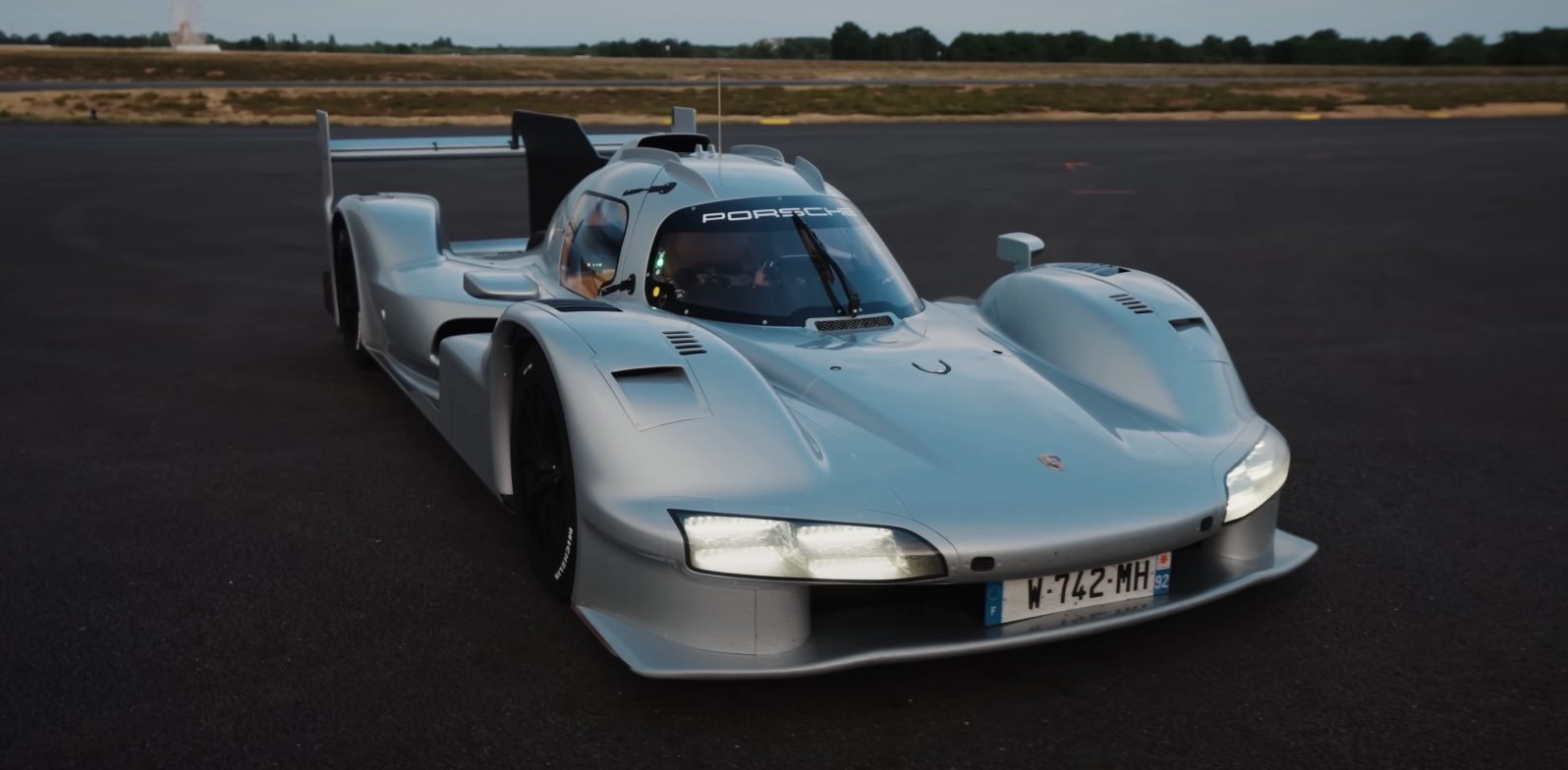

Innovation, fascination, dedication, and obsession is all Detroit needs to build sexy, stylish, sporty sedans…we have the technology
We should be looking for Raymond Leowey, Alex Tremulis,Giorgetto Guiguario instead of AI and focus groups…
Journalists love to rattle on about after hours, few beers,”skunk works.” Bet not one of them owns a skunk.